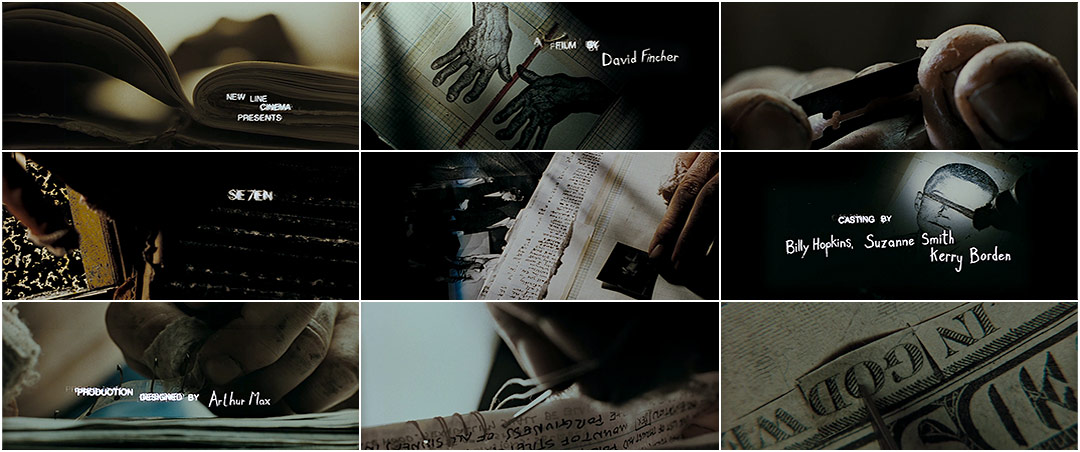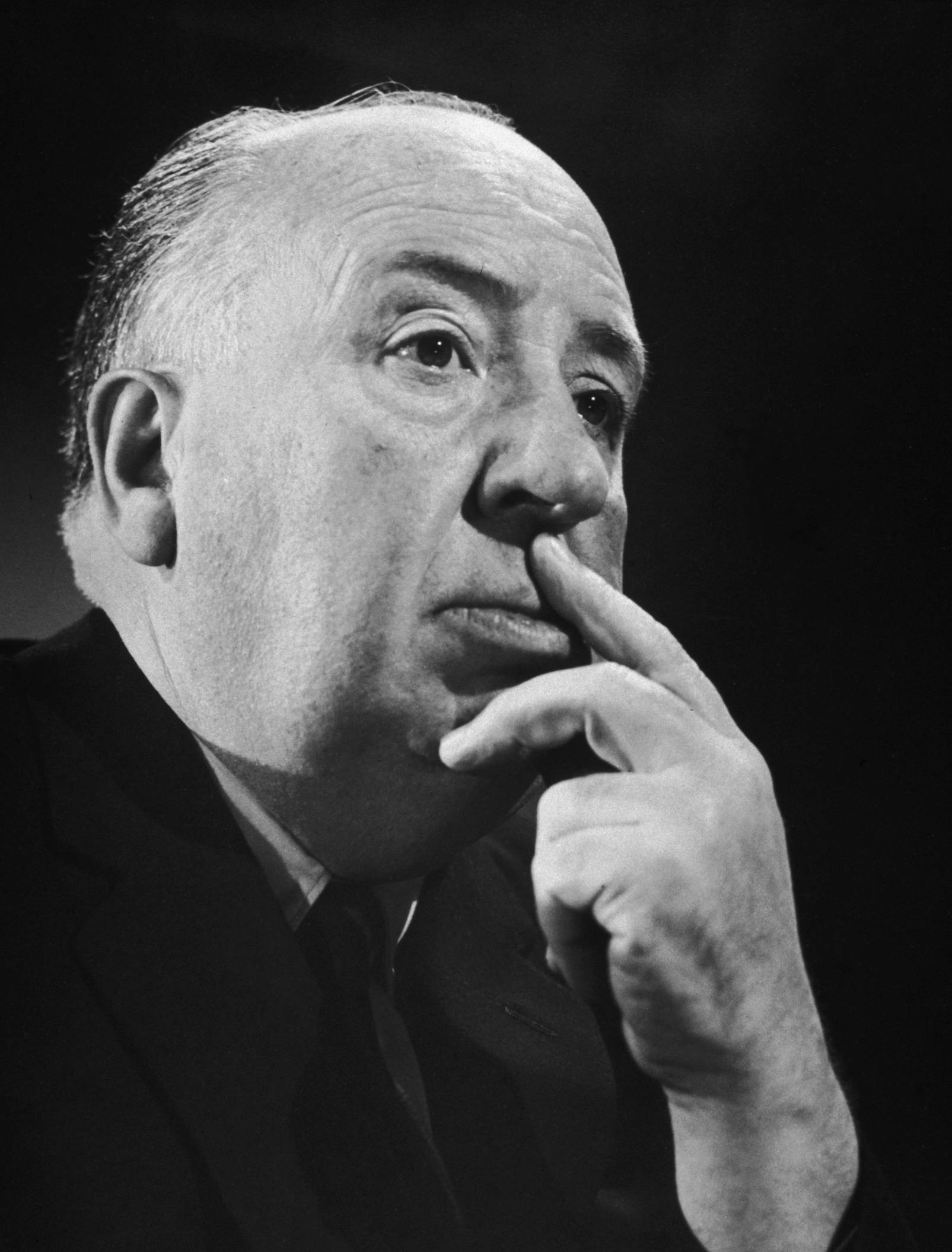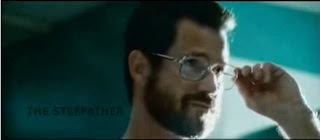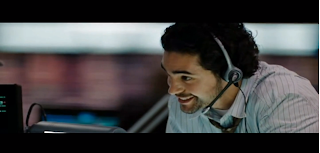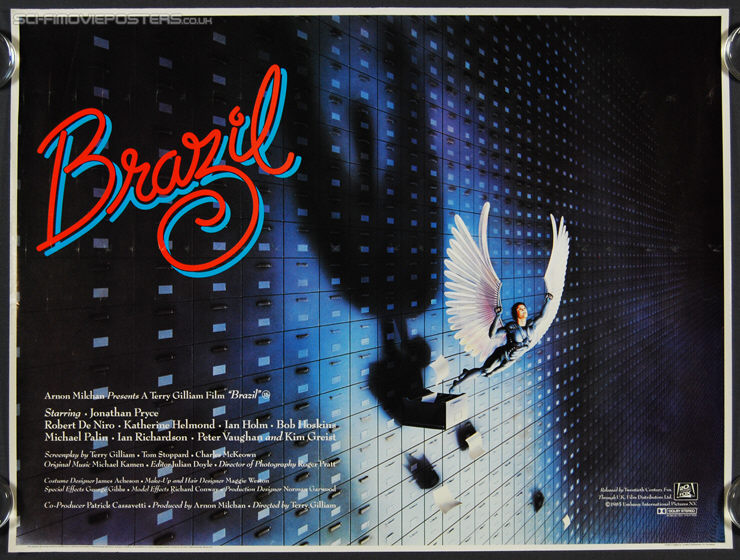- Assistant - Amber Donoso
- Radio presenter - James (Psychology teacher and actor)
- Caller - Missan (A student)
- Psychologist - Claire (Another teacher)
Also, we decided to make some dialogue for the radio show in script format over the Christmas Holidays, I put this together:
"Morning,
morning, morning. You're joining us live on the air where we're continuing our
extraordinary story on the 'One Way Trip to Mars'. We want to hear your ideas,
what do you think? Call us up on 03 333 444 544.
'I think it's
absolutely ridiculous, man. I mean, these people are gonna go into space and
never come back? All for some stupid TV show? How desperate for attention do
you have to be?
Well, we’ve got a lot of different opinions but one thing is certain: This may
well be the most significant event in television history ever. Already, over
one hundred thousand people have applied which is - quite frankly -
astonishing. We're joined now by behavioural psychologist, Claire Hastings.
Claire, do have anything to say about this.
'Well Graham,
these people are going to be living on a different planet for the rest of their
lives. I think it's important that they can understand the psychological damage
that isolation on that scale can cause.'
Thank you,
Claire. We'll come back to you but first, let's hear some music."
Sadly, my writing skills are kind of terrible but its okay because this is not the final piece. We are all going to put in a collaborative effort and come up with something. We can play around with the dialogue in the editing process to make sure everything fits.









